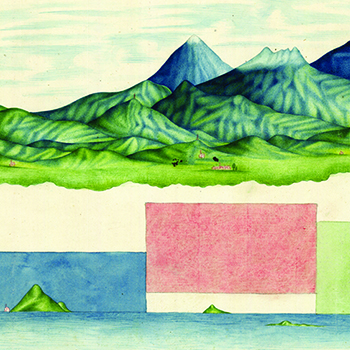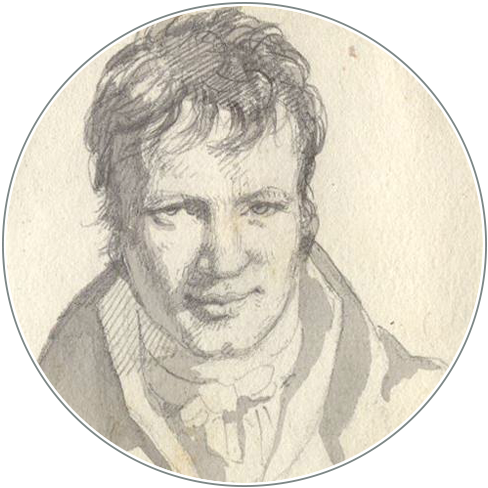Humboldt’s science on the move – plant geographical observations, notes and encounters during his American voyage
DOI:
https://doi.org/10.18443/379Keywords:
Alexander von Humboldt; Francisco José de Caldas; Geography of Plants; Humboldt's and Bonpland's American Voyage; Travel JournalsAbstract
Zusammenfassung
Alexander von Humboldt beschäftigte sich seit den frühen 1790er Jahren mit der Pfl anzengeographie. In seinen „Ideen zu einer Geographie der Pfl anzen“ (1807) stellte er ein Forschungsfeld vor, das Mensch und Natur, Ästhetik und quantitative Wissenschaften umfasst. Die vorliegende Arbeit schlägt einen neuen Zugang zu diesem komplexen Forschungsprogramm vor. Eine genaue Lektüre der pflanzengeographischen Aufzeichnungen, die er während
seiner Amerikareise anfertigte, gibt Einblick in den situativen und zuweilen zufälligen Charakter von Humboldts Wissenschaft. Humboldt glich seine Erfahrungen in den Tropen mit vorgefassten europäischen Vorstellungen von Naturgeschichte ab. Die Reiseroute selbst und die persönlichen Begegnungen spielten eine wichtige Rolle bei der Ausgestaltung von Humboldts pfl anzengeographischen
Überlegungen.
Abstract
Alexander von Humboldt studied plant geography from the early 1790s onwards. In the “Essay on the Geography of Plants” (1807) he presents a field of science that encompasses man and nature, aesthetics and quantitative sciences. This paper suggests a novel approach to this complex research program. A close reading of the notes on plant geography taken during his American voyage gives insight into the situational and at times contingent nature of Humboldt’s science. Humboldt aligned his experience of the Tropics with preconceived European notions of natural history. The travel
route itself and personal encounters played a significant part in reshaping Humboldt’s plantgeographical ideas.
Résumé
Alexander von Humboldt étudia la géographie des plantes dès le début des années 1790. Dans son « Essai sur la géographie des plantes » (1807), il présente un domaine scientifi que qui englobe l’homme et la nature, l’esthétique et les sciences quantitatives. Cet article propose une nouvelle approche de ce programme de recherche complexe. Une lecture approfondie des notes sur la géographie des plantes prises au cours de son voyage en Amérique donne un aperçu de la nature situationnelle et parfois casuelle de la science de Humboldt. Humboldt a aligné son expérience des Tropiques sur les notions européennes d’histoire naturelle préconçues. L’itinéraire du voyage luimême et les rencontres personnelles ont joué un rôle important dans le remodelage des idées phytogéographiques de Humboldt.

Published
How to Cite
Issue
Section
License
Copyright (c) 2024 Ulrich Päßler

This work is licensed under a Creative Commons Attribution-NonCommercial 4.0 International License.
HiN operates under a Creative Commons-Licence (CC BY-NC 4.0), which permits the reproduction of articles, free of charge, for non-commercial use only and with the appropriate citation information. All authors publishing with HiN accept these terms of publication.
Authors retain the copyright for their articles and reviews. Copyright of the layout and design of HiN articles remains with the journal and cannot be used in other publications.









